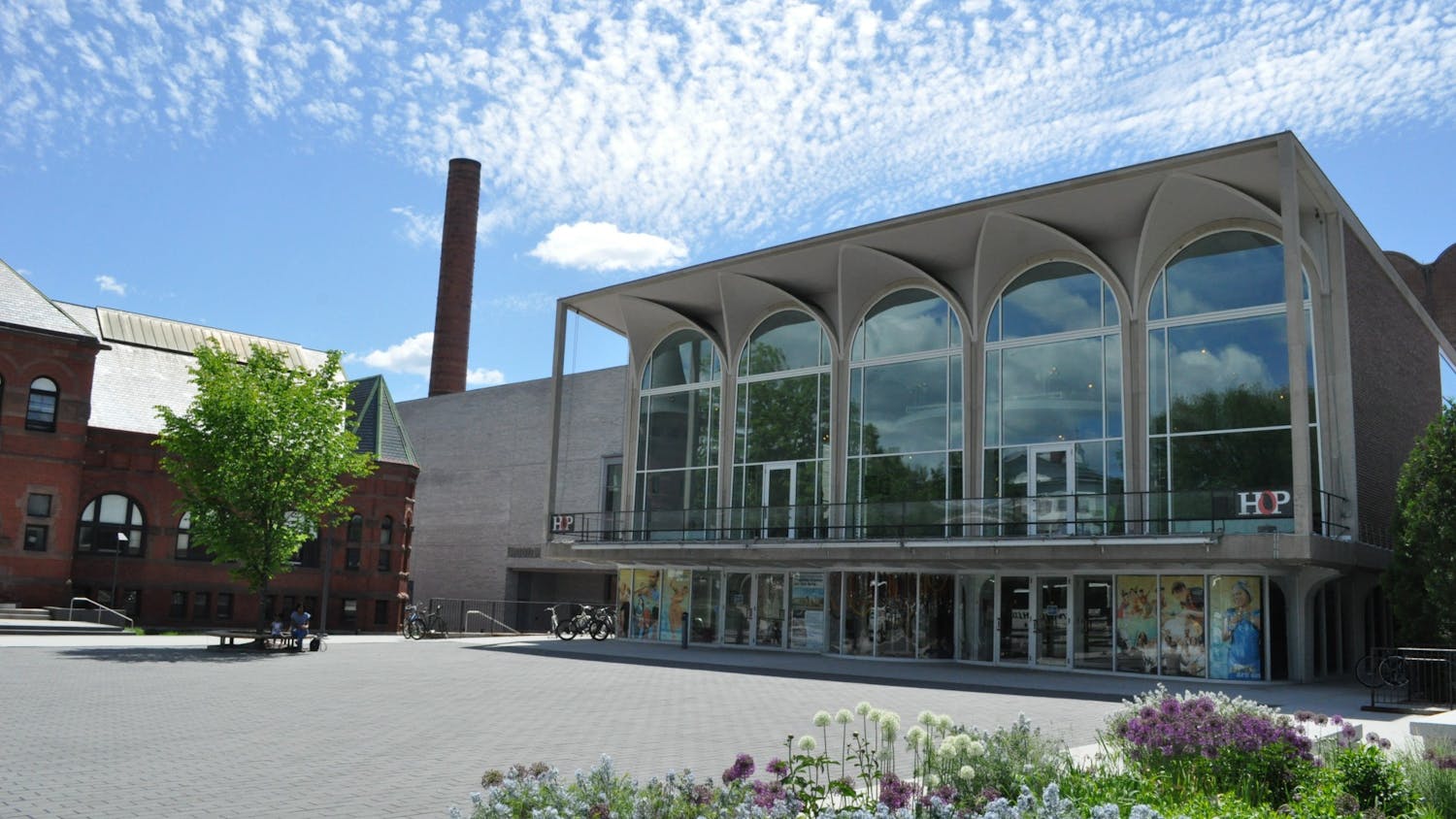The visual arts of eighteenth-century France was a popular topic this weekend at the Hood Museum of Art. In a two-day symposium titled "Love and Enlightenment" seven art historians presented scholarly lectures on a variety of topics.
The symposium was presented in conjunction with the current exhibition "Intimate Encounters: Love and Domesticity in Eighteenth Century France" currently on view at the Hood and organized by Richard Rand, curator of European art.
The symposium allowed for a wider range of issues and new scholarship to be presented along side the 50 canvases and 20 prints featured in the exhibition.
On Friday evening Thomas Crow, Professor of the History of Art at Yale University, presented the keynote address "Tragic Families and the Forfeiture of Sympathy."
Crow's scholarship includes numerous books and articles on eighteenth-, nineteenth- and twentieth-century art. His book "Painters and Public Life in Eighteenth-Century Paris" won the Charles Rufus Morey prize for the most distinguished art historical text in 1985.
Crow's previous work on the artistic culture of eighteenth-century France dissected the pyramidal relationship between the Royal Academy, visual artists and the public viewers. His lecture discussed the darker side of domestic life as shown in some paintings of the Enlightenment period.
Crow's analysis of three eighteenth-century paintings captivated a full audience in Loew Auditorium. In relation to the Hood exhibition on genre painting, Crow said that "genre is a boundary, not a thing. Common themes work across that boundary" in which the theme of familial life is one compartment.
After looking at Carle Van Loo's picture "Sacrifice of Iphigenia" that was first displayed at the 1757 Salon in Paris where works of art were put on display for the public view, Crow interpreted the work to operate as a manifesto for grand history painting at a time when the Royal Academy had more artists turning towards genre scenes, portraiture and still-lifes.
The great debate over the place of grand-style history painting was tied to the shift from monarchical power to democratic government, as well as social classes divided along styles and modes of painting.
Van Loo's painting is very expressive in its depiction of grief and sorrow. Two painters to emerge after Van Loo grappled with the emotional content of Van Loo's family scene. They "had to find their way through and around Van Loo's manifesto canvas," Crow said. The inadequacies of the highly expressive figures used by Van Loo had to be worked through.
Jean-Baptiste Greuze is best known for his moralizing genre paintings such as "The Napolitan Gesture" currently shown in "Intimate Encounters." Jean-Honore Fragonard painted many kinds of pictures including history paintings and genre scenes.
The themes of family and sacrifice are tied together in all these works. In the grand style history painting exemplified by Van Loo, the narrative depiction was meant to create spontaneous empathy in the viewer.
Both Greuze and Fragonard approached the issue from opposite sides, said Crow. Greuze dared to ask if one can portray a family scene without sorrow and conflict. "The Village Bride" on view in "Intimate Encounters" shows a family united together on the wedding day of its eldest son.
The patriarch of the family dominates the scene by his gestures and central position. He blesses the newlyweds as well as sets the scene in motion. The canvas shows "a utilitarian arithmetic of happiness and objectification of suffering," said Crow.
In comparison to Greuze, Fragonard's work investigated the possibility of having expressive painting without the family content. His painting interpreted a classic Greek narrative in which the figures on the canvas show excitement at the horrific spectacle of a priest committing suicide. Fragonard expresses the emotional drama of Van Loo while leaving out the familial ties.
These three works form a tripartite relationship in which Van Loo's work is situated as high tragedy. Greuze demonstrates the positive side of this mode of visual depiction, while Fragonard evinces the negative.
By the end of the eighteenth-century the impact of the French Revolution had returned the visual arts to political topics and away from frivolous genre paintings. Jacques-Louis David's 1789 painting "Victors Returning to Brutes" shows a return to the essence of Van Loo, in which families suffer for and with each other.
Two sets of discussions followed on Saturday. Six scholars presented recent work with accompanying slides. Both sets of lectures were capped off with a discussion between the presenters and the audience, who were free to ask questions and contribute comments to the discussion topics.



